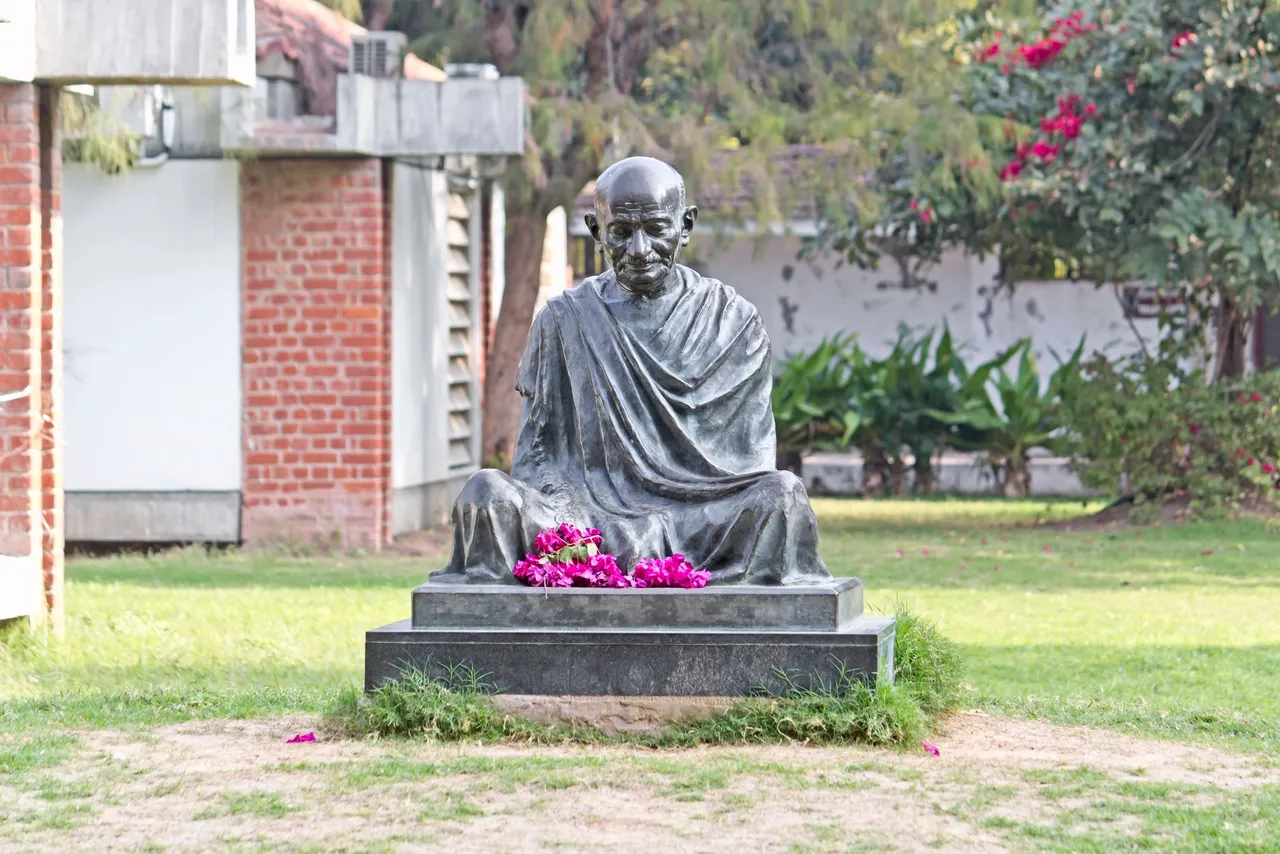
Yoga Poses, also known as asanas, are the physical postures practiced in yoga. There are hundreds of yoga poses, each with its own benefits and effects on the body and mind. The origins of yoga poses can be traced back to ancient India, where they were first documented in the Yoga Sutras of Patanjali, written around 200 BCE.
The Yoga Sutras of Patanjali is a collection of 196 aphorisms that outline the philosophy and practices of yoga. Patanjali's work is considered to be one of the most important texts on yoga, and it is still studied and referenced by modern yoga practitioners today.
The practice of yoga poses was originally intended to prepare the body for meditation. The physical postures were designed to help practitioners sit comfortably for extended periods of time in a meditative state. Over time, yoga poses evolved into a complete system of physical exercise that helps improve flexibility, strength, and balance.
As yoga has become more popular in the West, yoga poses have also evolved to include more advanced and challenging postures. However, it's important to remember that yoga is not about achieving the perfect pose, but rather about finding inner peace and harmony through the practice.
Let's explore some of the most popular yoga poses and their meanings:
It's important to note that the benefits of yoga poses go beyond just physical health. Each pose also has a mental and spiritual component, helping practitioners find balance and inner peace.
As yoga has become more popular in the West, new yoga poses have been created and old poses have been adapted to meet the needs of modern practitioners. However, it's important to remember that yoga poses should always be practiced safely and mindfully, with respect for the body's limitations.
In conclusion, yoga poses have a rich history and meaning that goes beyond just physical exercise. Each pose is designed to improve the body, mind, and spirit, and to help practitioners find inner peace and harmony. Whether you're a seasoned yogi or just starting out, incorporating yoga poses into your daily routine can have a profound impact on your overall well-being. So, take a deep breath, find your center, and explore the world of yoga poses. Namaste.




